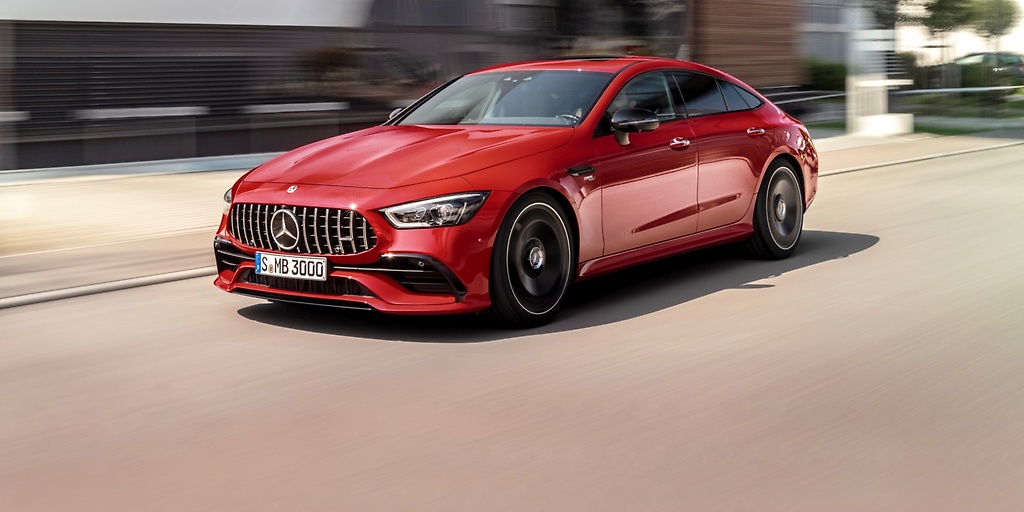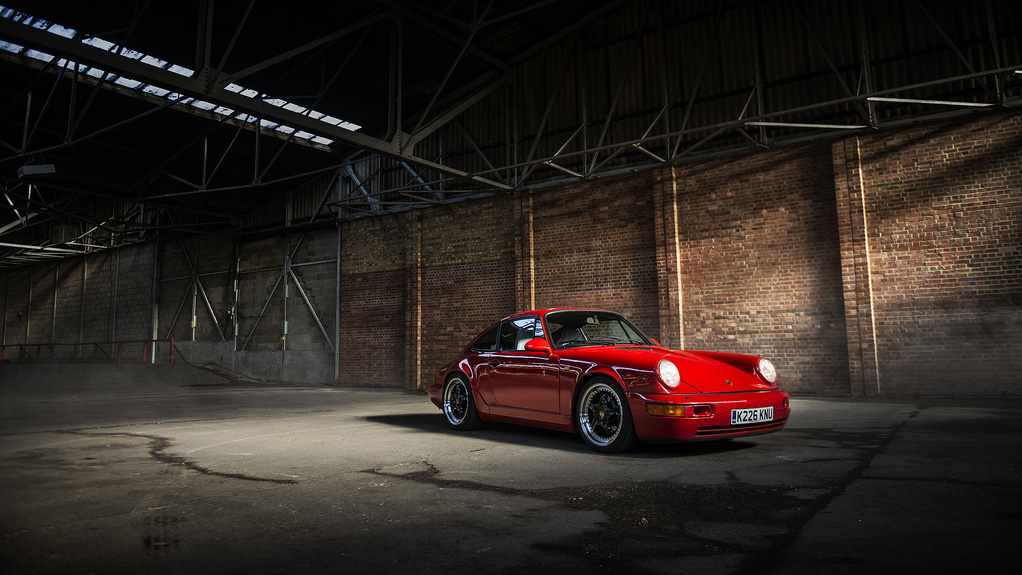Taking car photos is an interesting hobby that can easily pave a successful career in car photography. Whether you have stumbled upon this article because you are a professional photographer looking for new tips and tricks, or you are a curious learner who wants to take his/her hobby to the next level; we have snooped around to present you with unique tips and secrets to take perfectly professional car photos.
1. Sparkly clean
Before choosing a captivating location to shoot a vehicle, you need to make sure the car is in perfect shape. Just as much as you would care to wax the car body, one thing that most of us drags to the bottom of the list is the tires. In fact, you need to make tires look new in order to snap a picture that will bring the car to life. There are many different products you can use to ensure that the first thing people notice about a moving car is glossy clean tires. But make sure to select a product with minimal ‘sling’ factor that doesn’t affect the car paint as it drives away and preferably one with a tire shine applicator for a less messy result.
Photo Credit: Tom Wolf | Photography
2. The right place at the right time
Unlike common belief, the best timings to snap a good photo of the car is not midday with the sun shining bright! Actually, the best of the best photos were snapped during what is known as ‘the golden-hour’ when it is an hour after sunrise or an hour before sunset. There is something about the indirect sun rays during those 60 minutes that reflects perfectly on the car’s painting and lines.
3. On the Go Motion Blur
Panned motion blur gives you the feeling that the car is ready to speed its way out of your frame. While static shots remain the most popular, shooting a moving car can highlight its speed, especially racing cars. There are two ways with which you can achieve such effect; the first is when you blur out the background elements with horizontal strikes to give the illusion of passing by background; or you can set the shutter speed to 125th of a second while you stand on one side of the road while the car is passing by. The latter technique can also be achieved through shooting from another moving vehicle but it’s more dangerous and not always as successful.
4. Reflections
A shiny car presents the same problem as shooting a picture in a space packed with mirrors where anything can be reflected! You need to carefully inspect what is being portrayed on the car’s surface, glass, and mirrors in order to keep the focus only on the car curves. To achieve that, choose a location that is more of open space, free from buildings, tall trees, and striking shadows that can mess with the beauty of the car’s design. Another great tip, if there is no way to avoid your own shadow reflecting on the car’s body, try using a tripod where you can place your camera with a timer set to snap the picture while you are far enough not to get in the frame.
5. Colour Interactions
One important factor to take into consideration is the car colour. Not every colour photographs best at any time during the day. In fact, most colours change with direct street or sunlight. For example, try shooting light and pale colours during direct sunlight but do the opposite with bright paint colours. The low-angled light gives more warmth to colours and allows you to balance different elements in your photos for a more professional look.
6. Capture the details
Each car is designed to have its own character and charm, to the extent that just by noticing the curves on the car’s sides you would be able to tell its brand. Your eyes need to capture those details to magnify the car’s uniqueness and generate a fresh new photo every time you shoot the same car. Remember to get inside, not all great car photos have to be taken for the car’s body. You can choose to focus on the car’s wheel, special interior, and unique features.
7. Different Angles
There is no doubt that standing eye-level shots are necessary to showcase how the car looks when standing right in front of it, but to give a brand new angle, it is always advised to avoid shooting at eye level. You can always go higher or lower than eye-level – whether you choose to use a tripod or not – to capture different angles and lines for the car. The trick is to play with the car’s different angles to emphasize a curve, to show its width or even its height.
Capture Unique Photos:
To grasp a different photo feel that can stand out among professional photographers, make sure the car is radiating a glossy shine especially the tires, aim for the details to capture the unique identity of the car and pay extra attention to the colour combination that the car paint creates with the lighting intensity of your choice.


